HOME > Basketball
Behind the Lakers 10-4 start, Redick s persistence and changes
9:31pm, 18 November 2025【Basketball】
The Lakers started with 10 wins and 4 losses without LeBron, which is certainly worthy of recognition.
Just like last season's 50 wins in the regular season, it is a good result.
One thing is very counterintuitive. As one of the league's top giants, the Lakers since the 21st century are not good at playing in the regular season.
After 2000, there were only 11 seasons with 50 wins, although 6 of them won the championship.
After the 2010-11 season, there have been only two 50-win seasons in 14 years. One was the championship-winning 19-20 season, and the other was this year.

If you rate Redick on a 10-point scale, he could have scored 8 points in the regular season last season. Not only was he third in the Western Conference with 50 wins, but his record against Western opponents and home winning rate were second only to the unparalleled Thunder in the Western Conference.
In the playoffs, there were only 4 points, and they were completely manipulated by the opponent Finch. In the end, the rotation became shorter and shorter. In G4, Zhan Dongli had to play eight fans and five players for 24 minutes in the half. In G5, he even took out Kleber, who had not played for a second in the regular season.
He was defeated by the Timberwolves in the first round. Even if Redick is not the biggest sinner, he is one of the main responsible persons.
Taking it all together, as a rookie coach last season, he barely passed with 6 points.
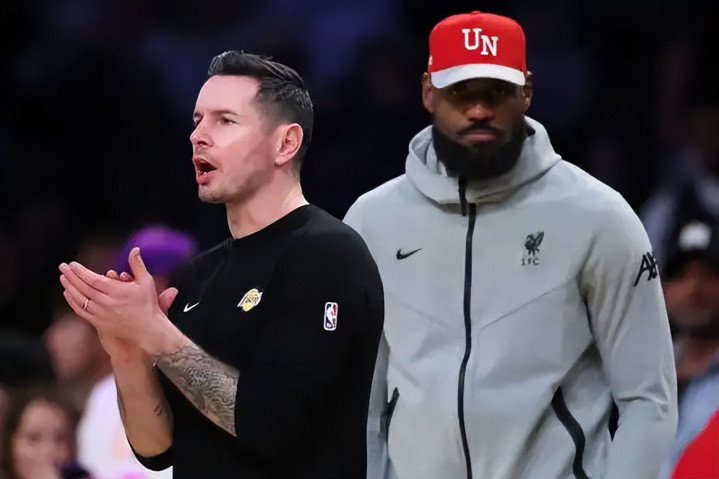
The team has restarted this season, and Pelinka did a good job in the offseason. He acquired Ayton and Smart who were bought out at a low price, and enjoyed a combat power of 40 million for less than 20 million.
Signed Laravia, who not only performed amazingly, but was also the glue on both offense and defense, becoming a solid rotation for the team.
In fact, running a team is a lot like catering.
The players are the ingredients, the management is the manager, and the coach is the chef.
Ingredients are the basis, and managers are responsible for purchasing them. Whether or not a feast can be cooked depends on the skills of the coaches.
Even good coaches (chefs) can use ordinary ingredients to make delicious food.
The Pacers' Carlisle and the Heat's Spoelstra almost every year have civilian players who far exceed their worth.
This is what a good coach means in terms of team building.
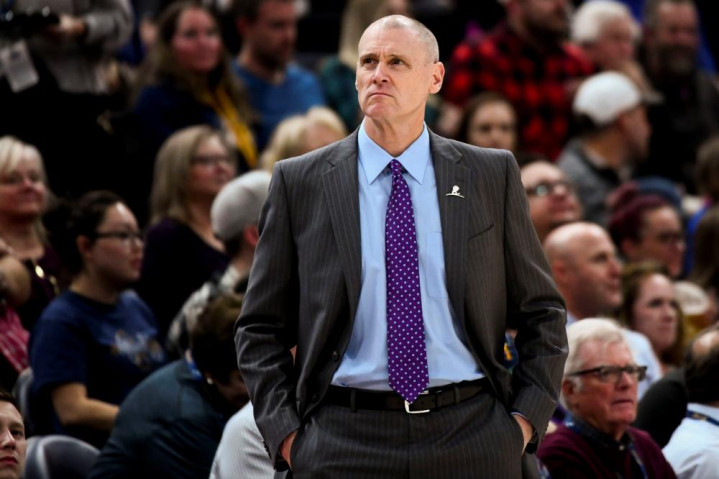
Speaking back to Redick, last season's success in the regular season and failure in the playoffs were the tuition fees he paid for his debut season.
From a coach's perspective, he should realize that the so-called "five small" lineup is not a panacea.
Among the five players on the field last season, Zhan Dongli ranked second among all his choices with 108 minutes and 108 minutes. This was only half a season after the trade.
With Ayton in his possession this season, the usage rate of the Lakers' lineup without a center has been greatly reduced.
The top 10 lineups currently have at least Ayton and Hayes, and the 11th lineup is Nick Smith-Bronny-Knecht-Vanderbilt-Kleber.
Ayton currently averages 30.4 minutes per game and Hayes 16.8 minutes. Although both are absent, they have almost split the 48 minutes of playing time at the center position.
Due to the lessons learned last season and LeBron's absence, the so-called "small ball formation" is no longer his main option.

But Redick also has his own persistence. Ever since he did a podcast with LeBron, he has shown a certain tactical tendency.
He prefers a highly mobile lineup (so he favored the five small players last season), and is willing to give players a certain amount of autonomy in decision-making (Zhan Dongli and Smart are both masters of inspiration), while emphasizing a certain degree of discipline within the overall framework.
The second point and the third point are not contradictory. While it gives core players greater creative space, it also has stricter requirements for role players.
This is reflected in the use of several role players.
Take Knect as an example. Last season, he was known as the "ncaa top shooter" and was reused in the first half, and even had a chance to compete for the best rookie.
However, as the season progressed and hit the rookie game, and there was no obvious improvement in personal defense and discipline, he was gradually abandoned in the second half of the season.

There is certainly a mental breakdown here after he was sent out of the trade and returned. At the same time, one thing that is easily overlooked is that
In the first half of the season, the team had a big eyebrow inside, and Knecht's defensive flaws were revealed. When Big Eyebrow left in February and Redick began to use a forward-less formation that emphasized discipline and mobility, Knecht was too easy to target. If he can't make a three-pointer on the court, it is almost a negative value.
Since the preseason this season, Knect has been unable to enter the core lineup. It was not until he invested more in defense and rebounding in recent games that he truly gained a stable rotation status.

It can be said that Redick is a coach who dares to use new players, but he has high standards but does not have much patience.
If you get into his eyes and can provide stable on-field value, you will have a very stable tactical position and playing time (such as Goodwin last season and Laravia this season).
On the contrary, if you get an opportunity but fail to conquer him during the inspection period, you will quickly abandon him or relegate him to the sidelines.
So far this season, what he really trusts is the starting six of Tori Badongo + Laravia.
Plug-and-play plug-ins such as Knect, Vanderbilt, Browne, and later Nick Smith, Kroc, etc. will only make temporary adjustments based on the progress of the season and the game situation.
It is possible that you will be the starter today and be DNP tomorrow.
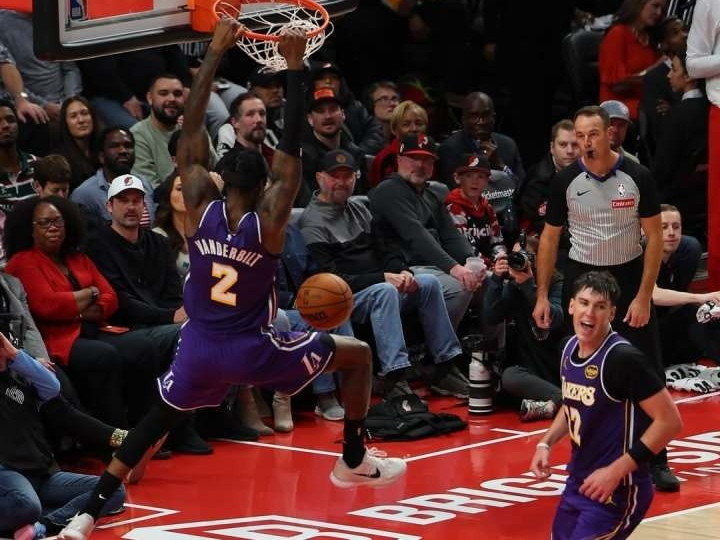
Take Vanderbilt as an example. This highly anticipated defensive end "sweeper robot" during Hamm's period has always been an important part of the team, although his attendance rate is not high due to injuries..
In Redick's system, because the offensive end is really weak, he has gradually fallen out of the core circle. He still averages 18.4 minutes of playing time per game. This is largely due to the team's current tight staff. Redick pinches his nose and has to use it. After all, he has an annual salary of tens of millions.
But when Kleber recovered from injury and was able to play, Biao's playing time in these games has dropped to an average of 12 minutes per game, and his time and status are being gradually replaced by Kleber.
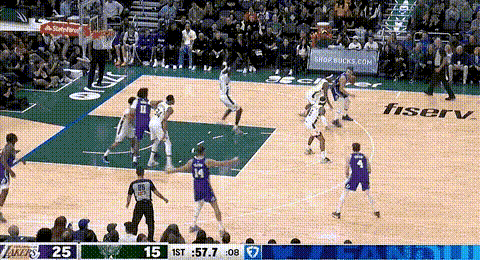
Rather than being used by Redick to turn rubbish into gold, it is better to say that Kleber is more in line with healthy basketball concepts and tactical tendencies.
Van Der Biao can provide the athleticism and size that the Lakers currently lack in the starting lineup, but he cannot open up space on the offensive end and is an absolute liability when tying up a defender.
As long as he is on the court, Redick has to figure out how to let the other four people complete the "four-on-five" offensive end.
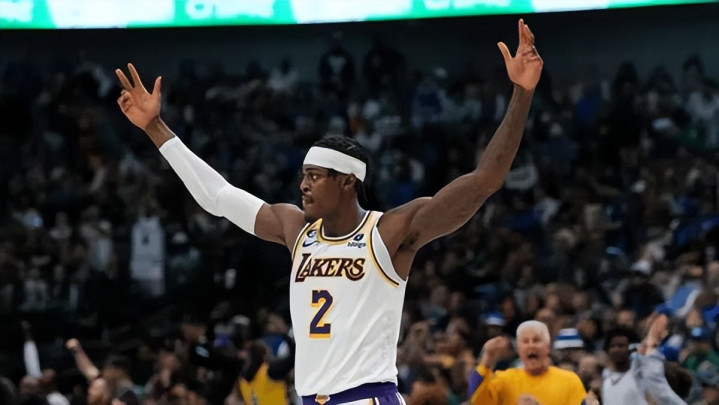
In today's NBA tactical thinking, players with obvious weaknesses on either end of the offense and defense cannot get stable playing time.
A player with outstanding strengths and weaknesses like Van Der Biao is not more popular than a "pseudo insider" Kleber with space value. At the same time, the gradual disappearance of pure shooters in the NBA also shows the current trade-offs of the league.
How many three-pointers can a supporting shooter throw in in a game?
Beasley, who averaged 3.9 three-pointers per game last season (third in the league), is already at his ceiling. The Pistons scored 115.8 points per 100 possessions when he was on the court, and 115.7 points when he was not on the court, which is almost the same.
What the current NBA pursues is the ultimate balance of other players on the premise of having an outstanding individual on the court.
If there is always a "flaw" on the field, then no matter how strong the point is, it is likely that the gain will outweigh the loss.
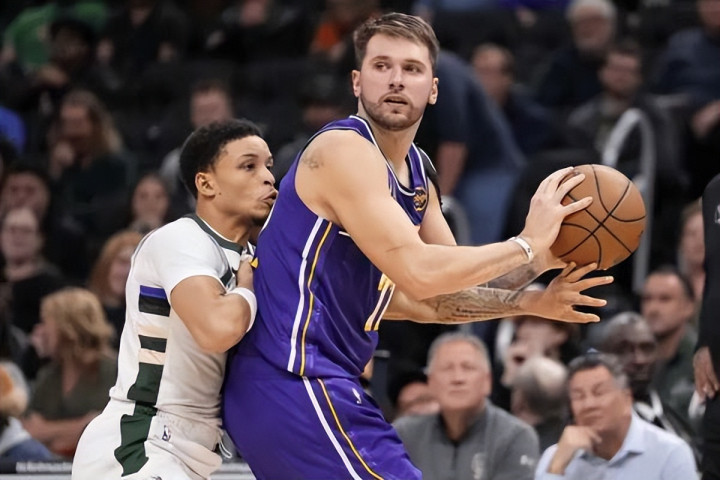
Compared with last season, the lesson and change Redick has learned is that before the manpower is fully available, try to avoid using a five-small forward-less formation to consume core players and maximize the value of the center in his own system.
Then what he has always insisted on is the high requirements for role players, as well as the balance of offensive and defensive lineups under the overall technical and tactical development of the league.
With the return of James, the Lakers' rotation will undergo another adjustment. Then, as the players signed during the offseason are gradually unfrozen, mid-term transactions will follow.
In future trade operations, the Lakers will not only consider whether the players they introduce will match Zhan Dongli's three-core, but also whether they can meet Redick's requirements and style.
When many people consider trading operations, they often overlook that the coach is the direct executor and responsible person for players.
I hope Redick can give us bigger surprises this season.
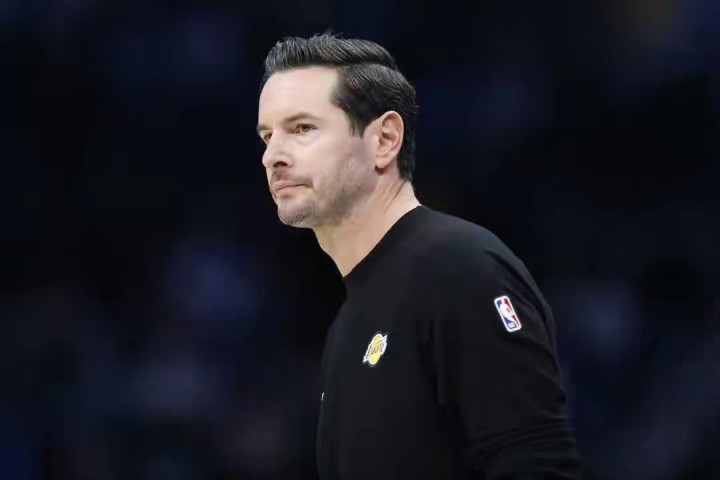
Related Posts
- Curry made the wrong choice as a substitute? Hardaway Jr. has diverse offense and is more suitable for the Warriors than Hield.
- 9 people performed well, the two heroes of 2009 "fighted with gods", who was the best player on the 15th?
- Wenban Yama s latest figure! Crazy transformation!
- A flash in the pan! The regret of the first generation of white horse spear!
- European Cup sad and happy night: Four teams qualify for three consecutive victories, and Doncic still finds a victory for 39+9
- Lakers news: James creates another miracle, Doncic polishes his weaknesses, American News suggests Sohawikins
- Very dissatisfied with the progress of the negotiations. The 76ers star in the backcourt may choose to sign a qualification offer?
- Analysis of Yang Hansen s second game performance in the summer league: Pros and cons are revealed
- Harden s 81.5 million details in two years: Keep the full middle class for the Clippers and no maximum salary after leaving the Rockets
- The top 50 players in the NBA s lowest winning rate are & No. 4 pick is shortlisted, the regicide is listed, and the number one declining god is only 20%
Hot Posts
- Curry made the wrong choice as a substitute? Hardaway Jr. has diverse offense and is more suitable for the Warriors than Hield.
- 9 people performed well, the two heroes of 2009 "fighted with gods", who was the best player on the 15th?
- Wenban Yama s latest figure! Crazy transformation!
- A flash in the pan! The regret of the first generation of white horse spear!
Recommend

Regular season MVP or Finals MVP, which one is more valuable?

The Rockets are showing off the King of Sea + Shin Kyung + Durant + Van Jordan + Amen. This lineup is really amazing

Even if we win, we still get criticized! Xia Mi: We want to lose and let Harrison go. Doncic can only save us if he comes.
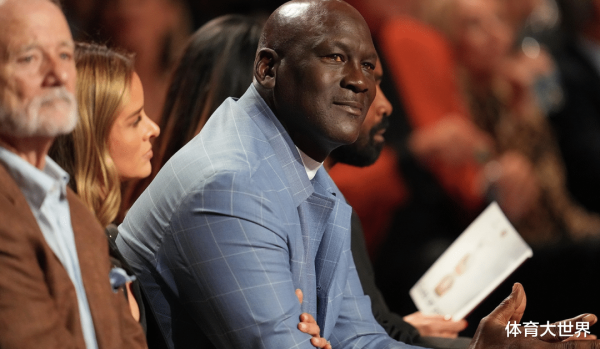
Jordan "takes off" again: This time he uses microphone to rule the NBA

Irving: It is not easy to pierce through the Raya goal, there are few chances of playing; this goal is too important

Rumor: Cooper Flagg leads Rookie of the Year race

[Old Player Record] From Cancer Player to Memphis Heroes!
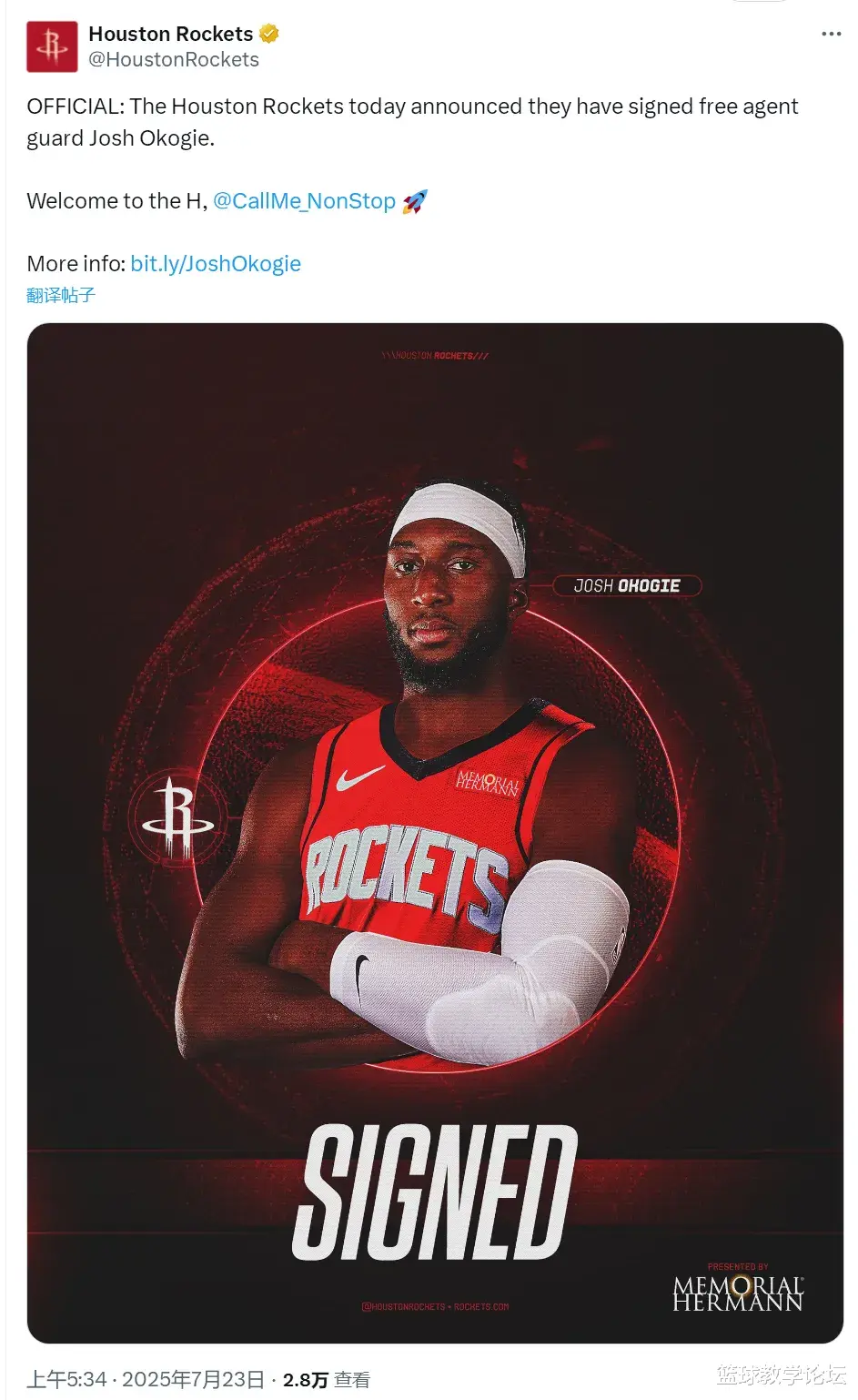
The Rockets continue to strengthen! 4 players join and 4 players leave the team! Directly change the NBA pattern